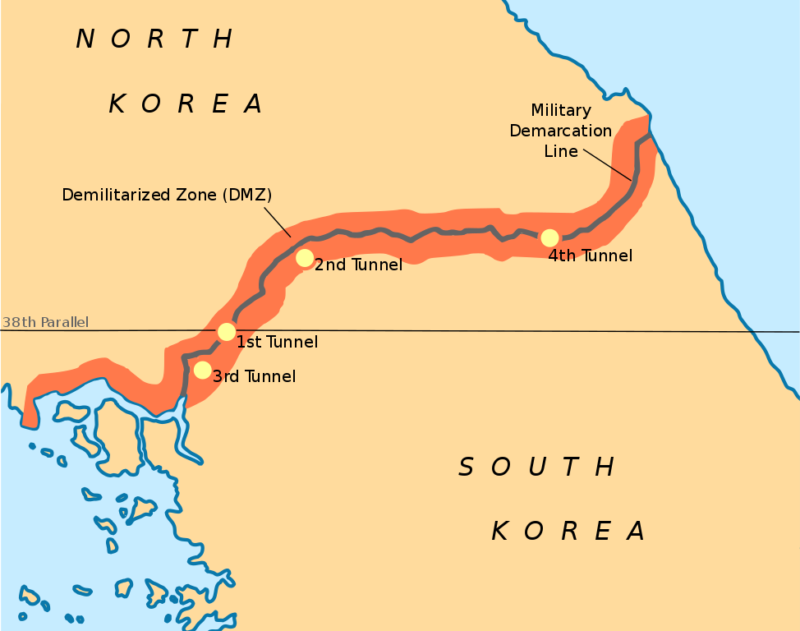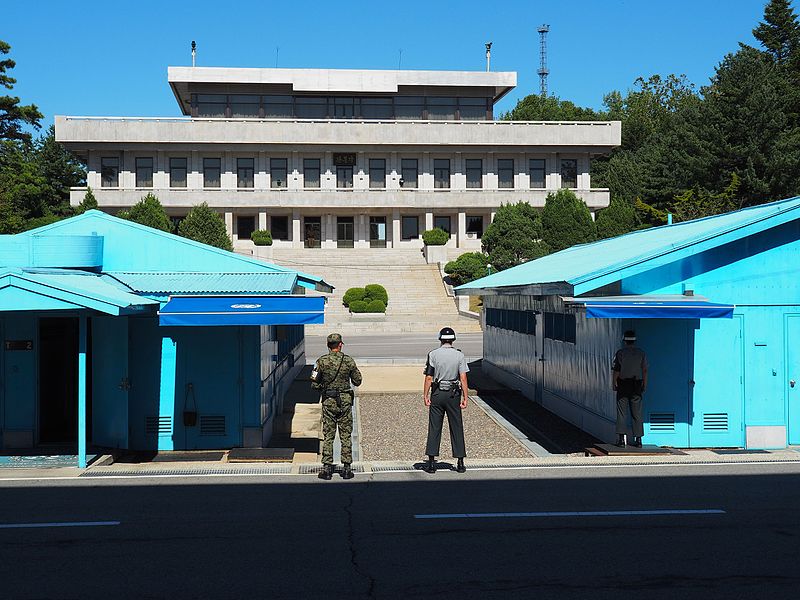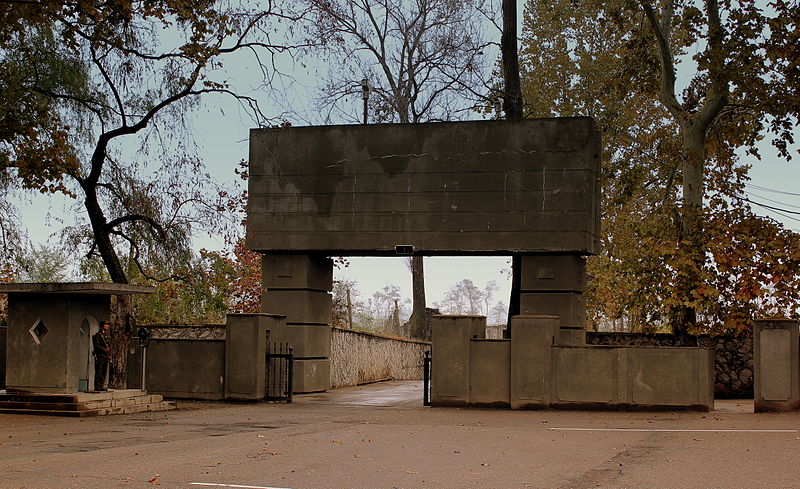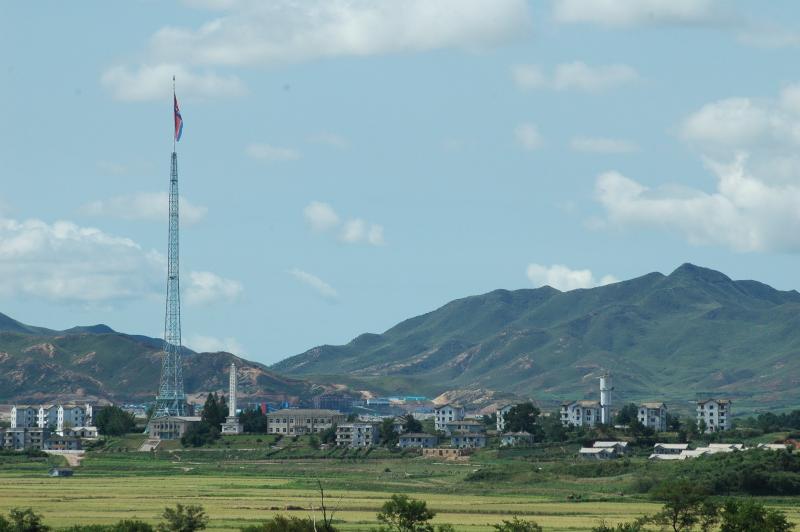What is the DMZ?

The DMZ stands for the demilitarized zone that lies between North and South Korea. It is a unique spot in the world because of Korea’s tumultuous history which was interrupted with an armistice at the end of the Korean war in 1953. It was agreed upon by North Korea, China and the United Nations. The DMZ area covers a part of the 38th parallel which is what was used to divide the country into two. While the border is considered to be one of the most dangerous borders between two countries, the Korean DMZ continues to fascinate and draw in tourists from all over the world, all while the armistice signed at the end of 1953 unfortunately continues to divide the two countries that used to be one.
Getting to the DMZ Korea
One thing that is not commonly known about the Korean DMZ is that it stretches across the entire width of the Korean Peninsula and there is more than one area where people can visit. However, the most popular destination is at Panmunjom (판문점) as that is where people can technically visit North Korea.
Highlights of the DMZ
Joint Security Area

The Joint Security Area or JSA is the only connection between North and South Korea. It is located near the Western coast of the Korean peninsula and where all negotiations between the two territories take place. The JSA sits on top of the Military Demarcation Line which is what divides the area even inside buildings and across conference tables. When meetings take place, North Koreans, South Koreans, and other foreign nationals must sit on the appropriate side of the tables. This area allows visitors to physically be in North Korea but it is occupied and managed by South Korea. There is even a gift shop in the JSA that sells unique items to North Korea.
Peace Villages
The North and South keep villages nearby the DMZ Korea. Both villages are in visible sights of each other, which holds a meaningful significance they are still neighbors only a couple kilometers away. While two towns vary in terms of inhabitants and appearance, both villages proudly fly their countries’ respective flags.

In South Korea, Daeseong-dong (village) lies 1.6 kilometers away from the Bridge of No Return where the prisoners after the war were exchanged at the end of the Korean War. More surprisingly, the town is only 350 meters east of the actual military demarcation line separating the two countries. The townspeople are citizens of South Korea but do not have to undergo the compulsory military service. Only individuals that lived in the town or descendants of those who did are permitted to reside in the town.

In North Korea, Kijong-dong (village) features brightly colored high rise apartment building showcasing the economic power the country had in the 1950s. The building had been brightly lit for decades, but with the economic degradation of the North, the buildings seldom turn the lights on and off. Unfortunately, the village is not inhabited by residents, but rather maintained by government workers to keep an image of a strong nation.
Panmunjom (판문점)
Before the war, Panmunjom was a peaceful village where the DMZ line presently lies. The village also was the site of the 1953 Korean Armistice Agreement that froze the conflict in time for the upcoming decades. The name now refers to blue buildings in the military demarcation line where the discussions between two countries occur. These buildings are truly the only physical structures that intersects both countries and a stark reminder of the conflict from more than a half century ago.